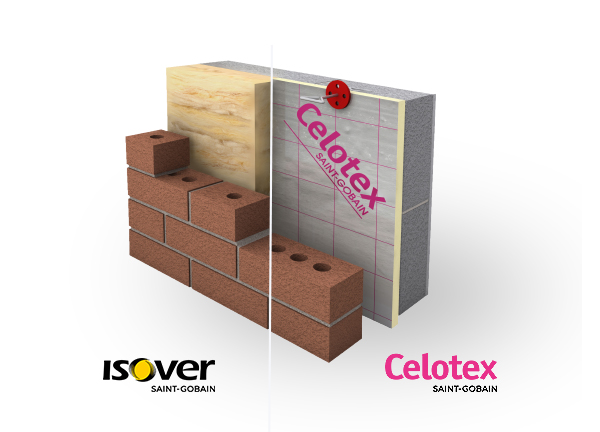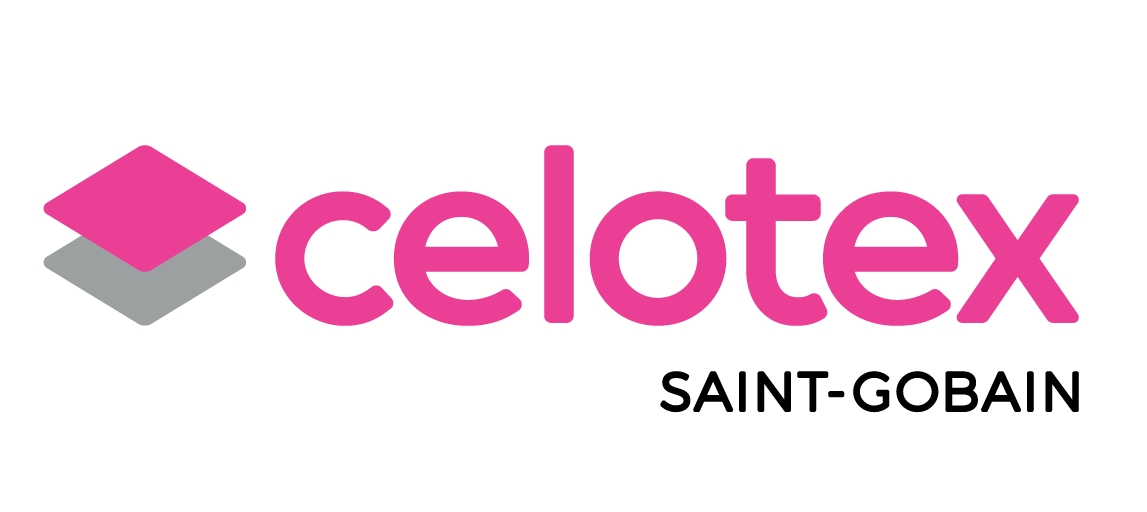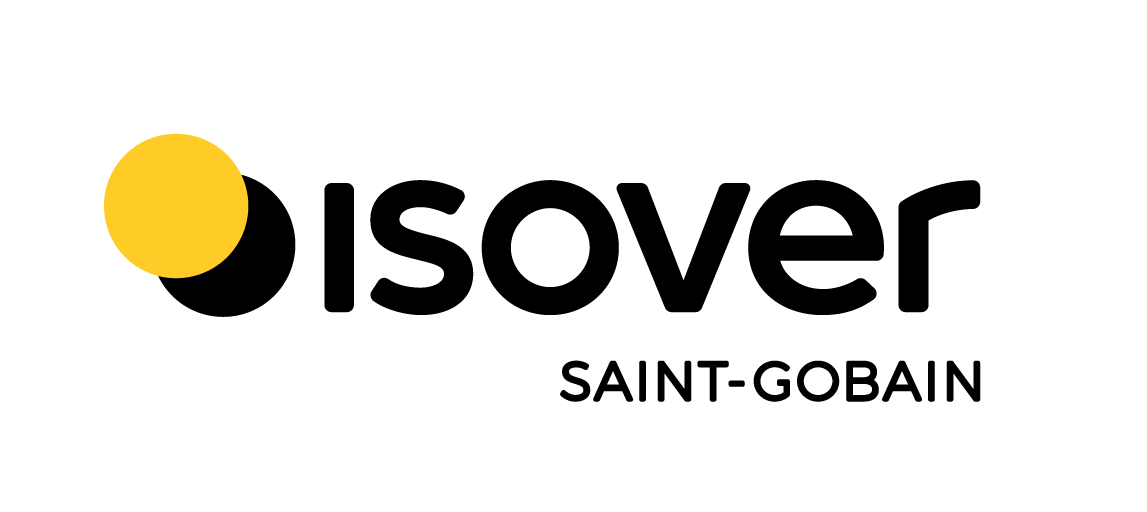
Polyisocyanurate (PIR), glass mineral wool and blown insulation products may be specified as full and partial fill insulation solutions to improve the U-value of a masonry cavity wall. Choosing between full and partial fill installation and subsequently selecting the correct insulation type is essential in terms of compliance with Building Regulations and is crucial to the energy performance and the carbon footprint of a building. There is a variety of products available for full fill cavity insulation. PIR, glass mineral wool and blown insulation offer different properties and specification will depend on the client’s needs and building performance requirements. Full fill solutions are designed to prevent moisture movement through the cavity, eliminating the need for a clear cavity that is required when partial fill insulation products are installed. The distinctions between cavity insulation products available on the market are often subtle, but it is crucial that the right products for a project are selected to achieve optimum performance of the cavity wall insulation. All cavity wall solutions must have third-party certification, confirming they are fit for purpose. These solutions must also be specified and installed in accordance with the relevant certifications. We will now explore the benefits of each cavity insulation type in the context of full and partial fill installation.
| PIR | Glass mineral wool | Blown Insulation | |
|---|---|---|---|
| Full fill | √ | √ | √ |
| Partial fill | √ | X | X |

